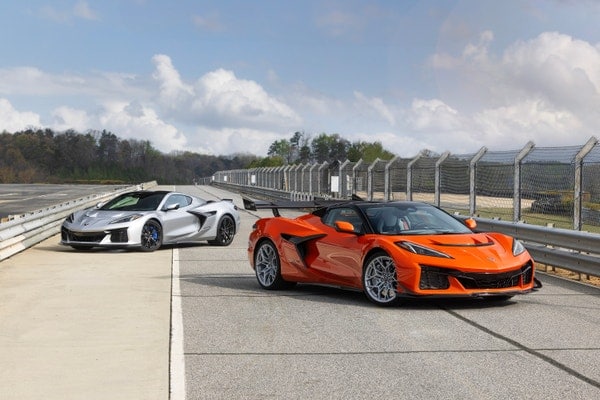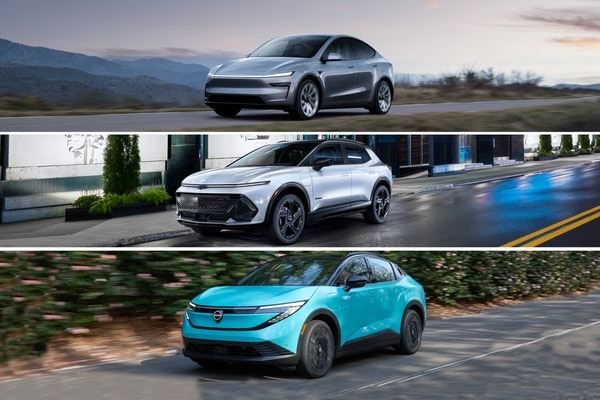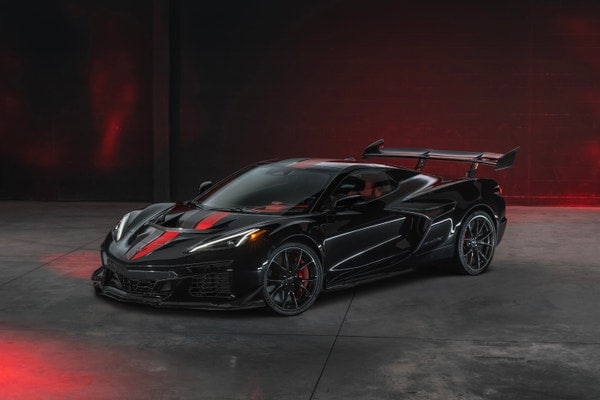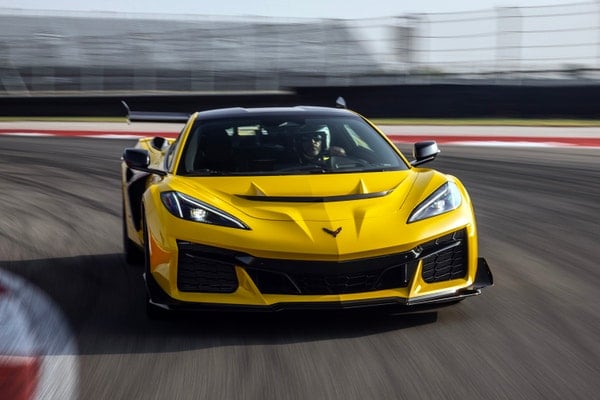2025 Chevy Suburban
Price Range: $61,500 - $84,200
Helpful shopping links
2025 Chevrolet Suburban video
These Are the Best SUVs of 2022-2023 | 2022-2023 Top SUVs | The SUVs We'd Buy in Each Class
NOTE: This video is about the 2022 Chevrolet Suburban, but since the 2025 Chevrolet Suburban is part of the same generation, our earlier analysis still applies.
In the market for a brand-new SUV? Whether you're looking for small and affordable or large and in charge, Edmunds has you covered with our list of best-in-class SUVs for the 2022-2023 model year. From Honda to Mercedes to Volkswagen, our comprehensive list encompasses everything from budget and economy 2-row SUVs to luxury 3-row SUVs on sale today up to $100,000.
PRICE CHECKER™
Check a dealer's price
Bring back a dealer's quote, and we'll tell you if it's a good price!
Check your price quote
Price:
$ -
Graph shown is a sample only
FAQ
Is the Chevrolet Suburban a good car?
The Edmunds experts tested the 2025 Suburban both on the road and at the track, giving it a 7.6 out of 10. Edmunds’ consumer reviews show that the 2025 Suburban gets an average rating of 4 stars out of 5 (based on 32 reviews) What about cargo capacity? When you're thinking about carrying stuff in your new car, keep in mind that the Suburban has 41.5 cubic feet of trunk space. And then there's safety and reliability. Edmunds has all the latest NHTSA and IIHS crash-test scores, plus industry-leading expert and consumer reviews to help you understand what it's like to own and maintain a Chevrolet Suburban. Learn more
What's new in the 2025 Chevrolet Suburban?
According to Edmunds’ car experts, here’s what’s new for the 2025 Chevrolet Suburban:
- Refreshed exterior and interior design
- New 17.7-inch touchscreen infotainment system
- Available diesel engine gets more power and torque
- Part of the 12th Suburban generation introduced in 2021
Is the Chevrolet Suburban reliable?
To determine whether the Chevrolet Suburban is reliable, read Edmunds' authentic consumer reviews, which come from real owners and reveal what it's like to live with the Suburban. Look for specific complaints that keep popping up in the reviews, and be sure to compare the Suburban's 4-star average consumer rating to that of competing vehicles. Learn more
Is the 2025 Chevrolet Suburban a good car?
There's a lot to consider if you're wondering whether the 2025 Chevrolet Suburban is a good car. Edmunds' expert testing team reviewed the 2025 Suburban and gave it a 7.6 out of 10. Our consumer reviews show that the 2025 Suburban gets an average rating of 4 stars out of 5 (based on 32 reviews). Safety scores, fuel economy, cargo capacity and feature availability should all be factors in determining whether the 2025 Suburban is a good car for you. Learn more
How much should I pay for a 2025 Chevrolet Suburban?
The least-expensive 2025 Chevrolet Suburban is the 2025 Chevrolet Suburban LS 4dr SUV (5.3L 8cyl 10A). Including destination charge, it arrives with a Manufacturer's Suggested Retail Price (MSRP) of about $61,500.
Other versions include:
- LS 4dr SUV (5.3L 8cyl 10A) which starts at $61,500
- LS 4dr SUV 4WD (5.3L 8cyl 10A) which starts at $64,500
- LT 4dr SUV (5.3L 8cyl 10A) which starts at $64,700
- LT 4dr SUV 4WD (5.3L 8cyl 10A) which starts at $67,700
- RST 4dr SUV (5.3L 8cyl 10A) which starts at $69,500
- Z71 4dr SUV 4WD (5.3L 8cyl 10A) which starts at $71,500
- RST 4dr SUV 4WD (5.3L 8cyl 10A) which starts at $72,500
- Premier 4dr SUV (5.3L 8cyl 10A) which starts at $76,100
- Premier 4dr SUV 4WD (5.3L 8cyl 10A) which starts at $79,100
- High Country 4dr SUV (6.2L 8cyl 10A) which starts at $81,200
- High Country 4dr SUV 4WD (6.2L 8cyl 10A) which starts at $84,200
What are the different models of Chevrolet Suburban?
If you're interested in the Chevrolet Suburban, the next question is, which Suburban model is right for you? Suburban variants include LS 4dr SUV (5.3L 8cyl 10A), LS 4dr SUV 4WD (5.3L 8cyl 10A), LT 4dr SUV (5.3L 8cyl 10A), and LT 4dr SUV 4WD (5.3L 8cyl 10A). For a full list of Suburban models, check out Edmunds’ Features & Specs page. Learn more













